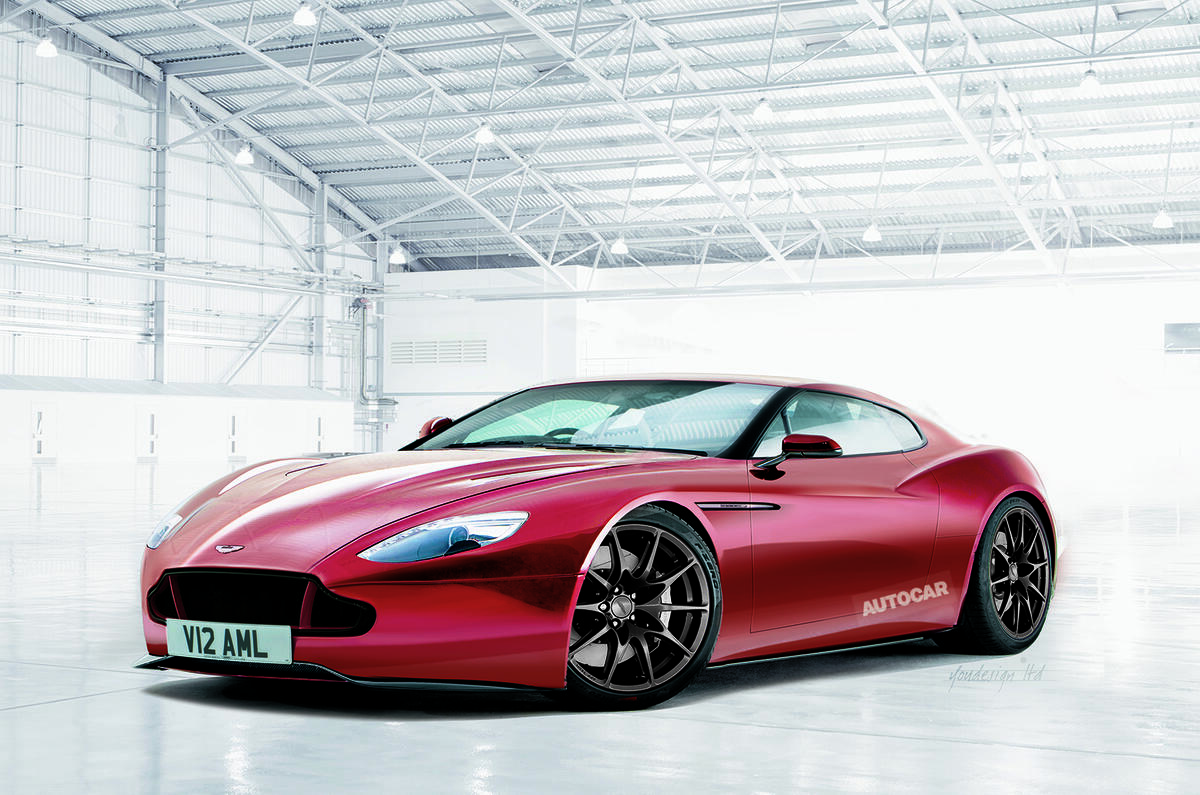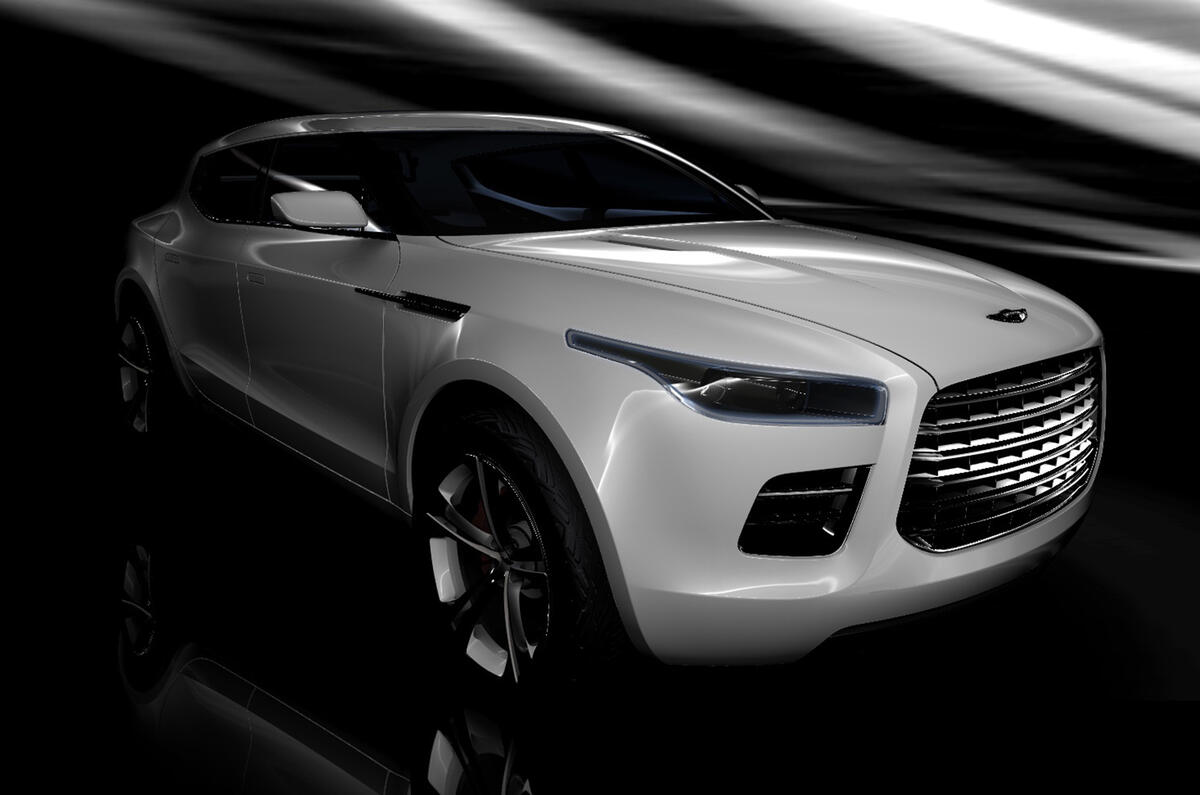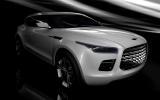Aston Martin is planning what it calls the "biggest product offensive" in its history as it looks to reinvent itself as a supercar manufacturer fit to take on Ferrari. The transformation will come about thanks to new technology and a fresh design language.
The new model range promises to herald an updated design language under Aston’s long-term design boss, Marek Reichman. Insiders say that in response to criticism of today’s line-up, the new models will be significantly differentiated from each other, putting them more in line with the clearly defined and executed models in Ferrari’s range.
It is understood that work is well under way on the first new model, a new DB9, which will be powered by a Mercedes-AMG engine built specifically for the British company. The car is expected to make its debut in the second half of 2016, although it might not go on sale until early 2017.
The new DB9 will be the foundation stone of Aston’s new beginning. It will be followed by a replacement for the V8 and V12 Vantage models and then the Vanquish.
There’s no clear news yet on whether the four-door Rapide will be replaced directly, although that model is likely to be phased out after Aston Martin switches over to its new vehicle architecture in 2016.
Even so, Aston sources say they are confident that the sales boost from the new DB9, and the V8 and V12 Vantages following close behind, will push Aston into profit. That would be a turnaround on last year’s results, which saw the company pushed into the red.
However, this is something of a high-risk strategy for the tiny company. Aston Martin has borrowed heavily for its big product push, and that is expected to stress the company’s finances over the next two years, especially as it pays interest on its loans. At the beginning of May, credit rating agency Standard and Poors cut Aston’s credit rating to five notches below investment grade.
Read Autocar's review of the Aston Martin DB9
At the moment, the much-discussed SUV remains on Aston’s wish list rather than in the product plan. The company’s new injection of investment money has been earmarked for the reinvention of the sports car family.
The next-generation VH architecture, which is currently being engineered, is said to have been created by Lotus Engineering when Aston was under Ford ownership. It is based on the same principles as the current VH platform but is being completely reworked to accommodate Mercedes’ engines and technology. Aston’s current V8 and V12 engines are built by Ford under contract at its Cologne plant. This deal ends in 2016, just as the new AMG engines come on stream.
The VH structure, which is claimed to be especially light and stiff, is made up of fairly small-scale components made from either stamped, cast or extruded aluminium. This approach is cost-effective because tooling costs are kept low and is ideally suited to small-scale production (Aston sold just 4200 cars last year).
Components such as the front suspension strut towers are made from cast aluminium, while the windscreen surround is made from pressed and formed aluminium. These can then be shared across the various models. The floor and centre tunnel construction is also common across today’s sports car models.
The new-generation VH architecture will use the same principle but will be more of a clean-sheet design able to accommodate a more diverse range of body styles and styling. While today’s Astons are hampered by having to share a core structure, which results in a similar appearance, the new VH construction is likely to be much more flexible.
The front and rear crash structures will be common, as will the main floor structure. It is understood that the new architecture will be able to offer two track widths and two wheelbases, along with a new rear bulkhead design that can be switched between the demands of saloon, cabrio and liftback body styles, while the mounting height of the windscreen surround is expected to be adjustable. Aston’s engineers will also have to give thought to accommodating a battery pack on certain models.
Read Autocar's Aston Martin V8 Aston Martin Vantage review
As well as developing this new VH architecture, Aston is currently working on integrating an electrical architecture supplied by Mercedes. This is not only to allow the use of AMG engines and transmissions, but is also the key to future Aston models being able to feature the latest in-car multimedia systems and electronic driver aids.
It would be difficult, although not impossible, for Aston to incorporate technology such as stereo cameras in the windscreen (for future intelligent traffic management) or stop-start technology into the current VH set-up, but direct integration of Mercedes’ technology into the new VH architecture will be hugely beneficial. Indeed, Daimler, Mercedes’ parent company, said it was going to spend a massive £8.8 billion on research and development across 2013 and 2014.
That Aston’s future models will be able to tap into much of Mercedes’ parts bin is a huge step forward for the company. Components such as braking systems, already thoroughly tested by Mercedes’ own engineers, are a perfect starting point for Aston.
The core of the technical co-operation is, of course, the supply of engines from the AMG division. The core Aston powerplant will become a version of AMG’s upcoming twin-turbocharged V8, its 4.0-litre capacity crucial to tapping into lower tax brackets in markets including China. Autocar understands that a V12 engine, based on AMG’s twin-turbo 6.0-litre unit, will also live on in Aston’s future range, although possibly without forced induction.
Further down the line, expect to see a petrol-electric hybrid Aston Martin featuring an electric motor incorporated into the transmission. Manufacturers expect a number of global cities to adopt zero-emissions zones by the end of the decade, so a hybrid model is an essential part of the new-generation Aston Martin line-up.
When are Aston Martin's new models arriving?
2017 - new DB9
Likely to be seen in 2016, the new DB9 will kick-start Aston’s reinvention with a new look, platform and engines.
2018 - Vantage
Vantage replacement will use a shorter version of the new architecture and will again be offered with a choice of V8 and V12 engines.
2019 - Vanquish
Flagship Vanquish to crown revamped Aston range by the end of the decade. Expect Mercedes-sourced V12 power.
2020 - Rapide (TBC)
A Rapide replacement is not understood to be on the cards at present, but Aston could resurrect it once its new range is established.
2021 - Lagonda SUV (TBC)
The Lagonda SUV is not in the Aston model plan, and would only appear if its R&D could be funded by a successful relaunch of the rest of the range.
Get the latest car news, reviews and galleries from Autocar direct to your inbox every week. Enter your email address below:







Join the debate
Add your comment
ferrari
I hope not same Front
AMG'S OBSELETE V12.